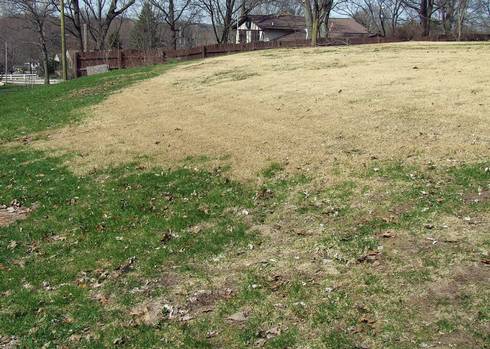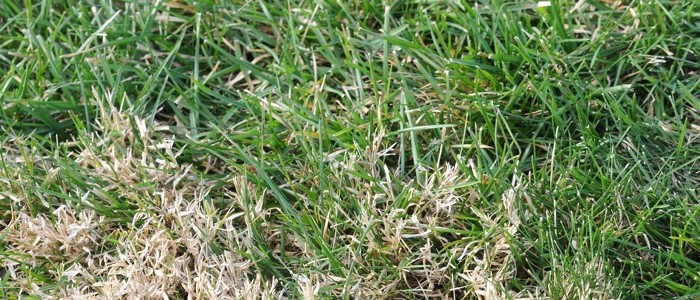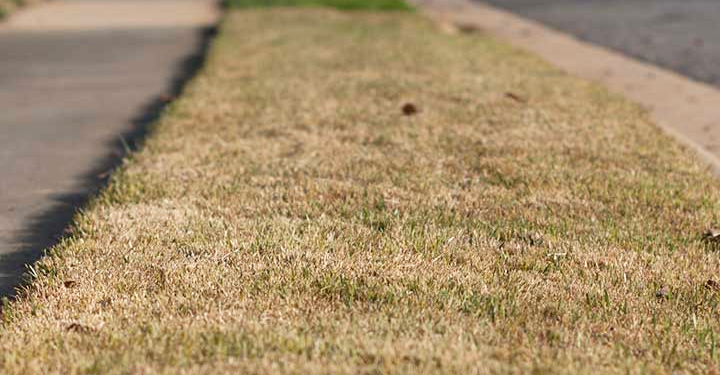Why is My Lawn Tan in the Winter
You may notice that your lawn turns tan during the Late Fall into the Winter months. Why is this? The reason the grass turns tan during the Winter is it is going into a dormancy state. It does this to protect itself from harsh conditions. You often times see this same transformation from green grass to tan grass during the middle of the Summer. Too cold? It turns tan. Too hot? It turns tan.
In Dayton and Cincinnati, we have mostly cool season grasses like bluegrass, fescues, and ryegrass. Their growth cycle is to grow fast typically in the spring and fall when the weather conditions are ideal. In the Summer time, often it is so hot and dry they go into a Summer Dormancy state. In the Winter time, the turf will again go into this dormancy state because it is too cold.
You may see some grasses are a bright yellow or tan compared to the rest of the grass that is in the dormancy state. More than likely you are seeing zoysia grass. This is a warm season grass and it actually prefers hotter weather than our normal bluegrass and fescue lawns. It typically grows green from Late Spring through Early Fall in Dayton and Cincinnati. Zoysia grass then will turn a distinct tan in the Fall through Early Spring.

Zoysia in a typical Cincinnati or Dayton Lawn
Another tan grass that stands out this time of year is Nimblewill. It can be seen in patches and has a “poofy” stringy look to the grass blades.

Nimblewill Grass
If you have Nimblewill or Zoysia Grass in your lawn and it bothers you, then you will have to do a complete renovation of that area. We only do these in August-September. We would kill off all the grass in that area and then slice seed new improved turf-type tall fescue grass in those spots.

